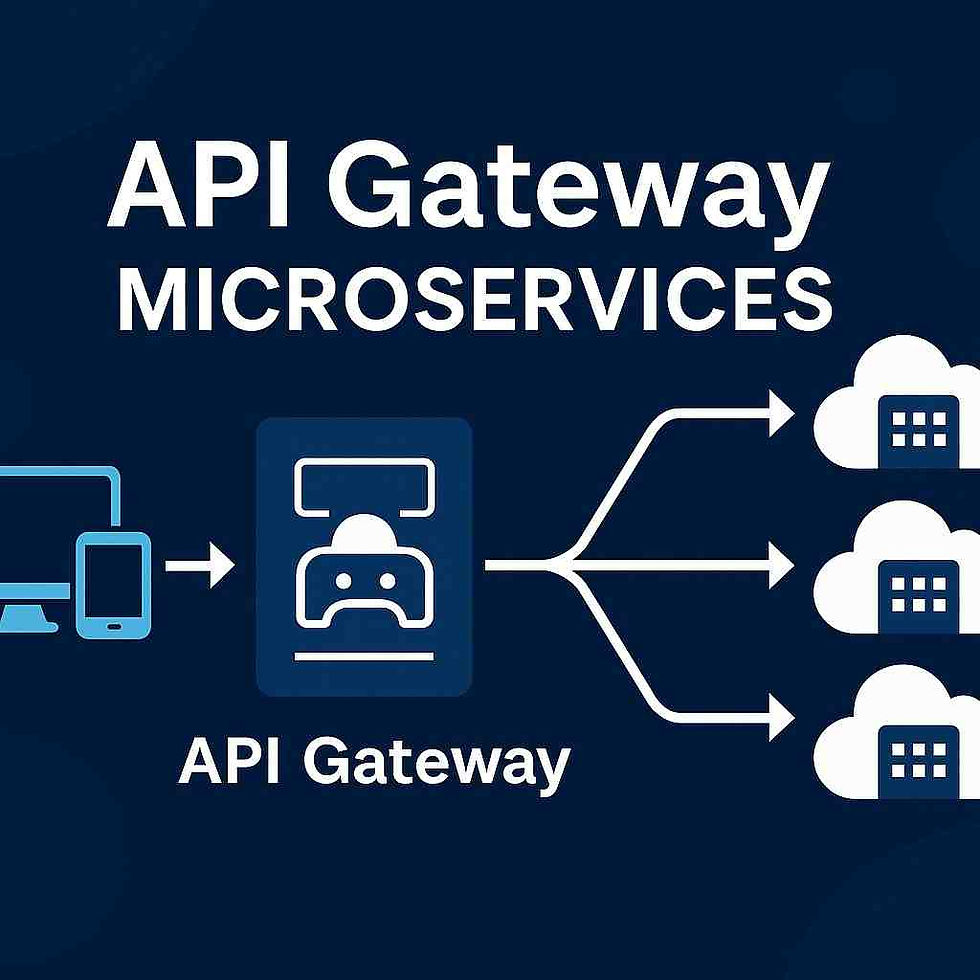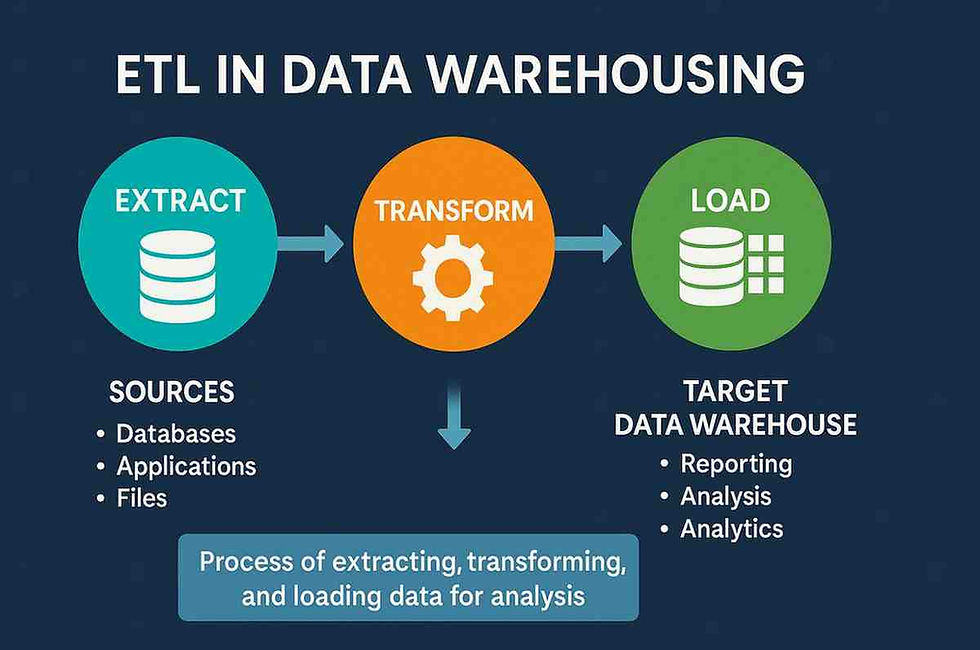Master SOAP API Testing: Comprehensive Guide & Tools
- Gunashree RS
- Dec 17, 2024
- 5 min read
APIs are at the heart of modern application architecture, facilitating seamless communication between different software systems. SOAP (Simple Object Access Protocol) APIs have stood the test of time, especially in industries that prioritize strict standards and high security. Unlike REST APIs, SOAP APIs follow a more structured approach, making their testing critical to ensure reliability and performance.
This comprehensive guide explores SOAP API testing in detail, from understanding its fundamentals to leveraging advanced tools and best practices. By the end, you’ll have all the insights to confidently test SOAP APIs.
Introduction to SOAP APIs
SOAP (Simple Object Access Protocol) is a messaging protocol that facilitates communication between client and server applications over a network. It uses XML (Extensible Markup Language) for its message format and operates over standard protocols like HTTP, SMTP, and TCP.
Unlike REST APIs, SOAP APIs adhere to a formal structure defined by WSDL (Web Services Description Language), making them more suitable for enterprise-level applications.

Why SOAP API Testing Is Important
SOAP API testing is critical for verifying the functionality, performance, and security of APIs. Here’s why:
Ensures Data Integrity: SOAP APIs are often used in banking, healthcare, and other critical industries, where data accuracy is paramount.
Validates Interoperability: SOAP APIs need to work seamlessly across diverse systems.
Confirms Adherence to Standards: SOAP APIs follow strict XML and WSDL standards, which testing ensures.
Improves Security: Given their use in sensitive applications, testing uncovers vulnerabilities like unauthorized data access.
SOAP API Testing vs. REST API Testing
Feature | SOAP API | REST API |
Message Format | XML | JSON or XML |
Protocol | Strict protocol defined by WSDL | Flexible, uses HTTP methods |
Security | Built-in WS-Security | Relies on external security layers |
Performance | Slower due to XML parsing | Faster and lightweight |
Use Case | Enterprise-level, critical systems | Web apps, microservices |
Key Concepts of SOAP APIs
Understanding SOAP API fundamentals is essential for effective testing.
1. XML Messaging
SOAP APIs exclusively use XML for data formatting. The message comprises:
Envelope: Defines the structure of the message.
Header: Contains optional information like authentication details.
Body: Includes the actual data or response.
2. WSDL (Web Services Description Language)
WSDL is a contract that specifies:
API endpoints.
Data types.
Operations and protocols supported.
3. Transport Protocols
SOAP APIs can function over various protocols, including:
HTTP/HTTPS: The most common for web-based communication.
SMTP: Used for email-based communication.
Types of SOAP API Testing
1. Functional Testing
Ensures that API functions perform as expected, returning correct responses for valid inputs.
2. Load Testing
Determines the performance of APIs under high traffic or user loads.
3. Security Testing
Validates authentication mechanisms and identifies vulnerabilities like unauthorized access.
4. Interoperability Testing
Confirms the API’s compatibility with different systems and environments.
5. Regression Testing
Ensures that new updates or changes haven’t broken existing functionalities.
Common Challenges in SOAP API Testing
Complexity of XML: Writing and validating large XML payloads can be tedious.
WSDL Dependencies: Incorrect WSDL files can hinder testing.
Error Debugging: SOAP’s detailed error messages can be difficult to interpret.
Tool Support: Limited support compared to REST API tools.
Tools for SOAP API Testing
Here’s a list of popular tools to streamline SOAP API testing:
1. SoapUI
A dedicated tool for testing SOAP APIs with features like WSDL import, assertions, and automation.
2. Postman
Though primarily designed for REST APIs, Postman supports SOAP requests via XML payloads.
3. Apache JMeter
A robust tool for performance and load testing SOAP APIs.
4. ReadyAPI
An advanced version of SoapUI, offering additional features like CI/CD integration.
5. Parasoft SOAtest
A commercial tool tailored for testing SOAP and other service-oriented architectures.
Best Practices for SOAP API Testing
Understand the WSDL: Familiarize yourself with the WSDL file to define endpoints and data types.
Validate All Operations: Ensure each SOAP operation performs as expected.
Test Error Handling: Use invalid inputs to verify proper error responses.
Automate Repetitive Tests: Leverage tools like SoapUI for automation.
Incorporate Security Tests: Check for vulnerabilities like injection attacks.
Run Load Tests: Simulate high traffic to identify performance bottlenecks.
How to Write Effective SOAP API Test Cases
Identify Test Scenarios: Define what you want to test, like functionality or security.
Specify Inputs and Outputs: Document expected inputs (XML requests) and outputs (responses).
Create Assertions: Use assertions to verify response status codes, body content, or headers.
Test Edge Cases: Include scenarios like missing parameters or invalid data.
Automating SOAP API Testing
Automation saves time and ensures consistency. Tools like SoapUI and ReadyAPI allow you to:
Schedule tests.
Generate detailed reports.
Integrate testing into CI/CD pipelines.
Steps for Automation:
Import the WSDL file.
Configure test cases and assertions.
Set up data-driven tests for dynamic inputs.
SOAP API Performance Testing
Performance testing evaluates an API’s speed, scalability, and stability.
Steps for Performance Testing:
Define Metrics: Set benchmarks for response time and throughput.
Use Load Testing Tools: Tools like JMeter can simulate concurrent requests.
Analyze Results: Identify bottlenecks and optimize server configurations.
Security Testing in SOAP APIs
SOAP APIs are widely used in sensitive applications, making security testing crucial.
Key Security Tests:
Authentication Testing: Validate mechanisms like WS-Security.
Data Encryption: Ensure sensitive data is encrypted during transmission.
Input Validation: Check for vulnerabilities like XML injection.
Rate Limiting: Prevent abuse by limiting the number of requests.
Advantages and Disadvantages of SOAP API Testing
Advantages:
Strict standards ensure reliability and consistency.
Built-in security features like WS-Security.
Supports multiple transport protocols.
Disadvantages:
Complex XML messaging increases testing difficulty.
Slower performance compared to REST APIs.
Steep learning curve for beginners.
FAQs
Q1. What is SOAP API testing?
SOAP API testing validates that APIs built using the SOAP protocol work correctly and securely.
Q2. Why use SOAP APIs over REST APIs?
SOAP APIs are preferred for enterprise-level applications that require strict standards and high security.
Q3. What tools are best for SOAP API testing?
SoapUI, ReadyAPI, and JMeter are widely used for SOAP API testing.
Q4. How do I test a SOAP API without documentation?
Analyze the WSDL file and use tools like SoapUI to explore endpoints and operations.
Q5. Can SOAP API testing be automated?
Yes, tools like SoapUI and ReadyAPI support automation with minimal effort.
Q6. What are common SOAP API security vulnerabilities?
XML injection, weak authentication, and unencrypted data transmission.
Q7. How is SOAP API load testing performed?
Use tools like JMeter to simulate concurrent user requests and measure response times.
Q8. What’s the role of WSDL in SOAP API testing?
The WSDL file acts as a blueprint, defining the API’s structure, endpoints, and operations.
Conclusion
SOAP API testing is indispensable for ensuring the reliability, security, and performance of APIs in enterprise environments. By mastering tools like SoapUI and following best practices, testers can efficiently validate APIs and ensure their seamless operation in production.
For beginners, starting with functional testing is recommended, gradually expanding to performance and security testing as you gain expertise. With continuous learning and automation, SOAP API testing can become a streamlined process in your workflow.
Key Takeaways
SOAP API testing ensures high reliability and security for enterprise applications.
Tools like SoapUI simplify functional, load, and security testing.
Understanding the WSDL file is critical for effective testing.
Automation saves time and improves test coverage.




Ücretsiz rastgele gabile sohbet ve gabile chat sorunsuz yeni kişilerle tanışma imkanı sağlar.
Ücretsiz rastgele yetişkin sohbet ve yetişkin chat kesintisiz yeni kişilerle tanışma imkanı sağlar.